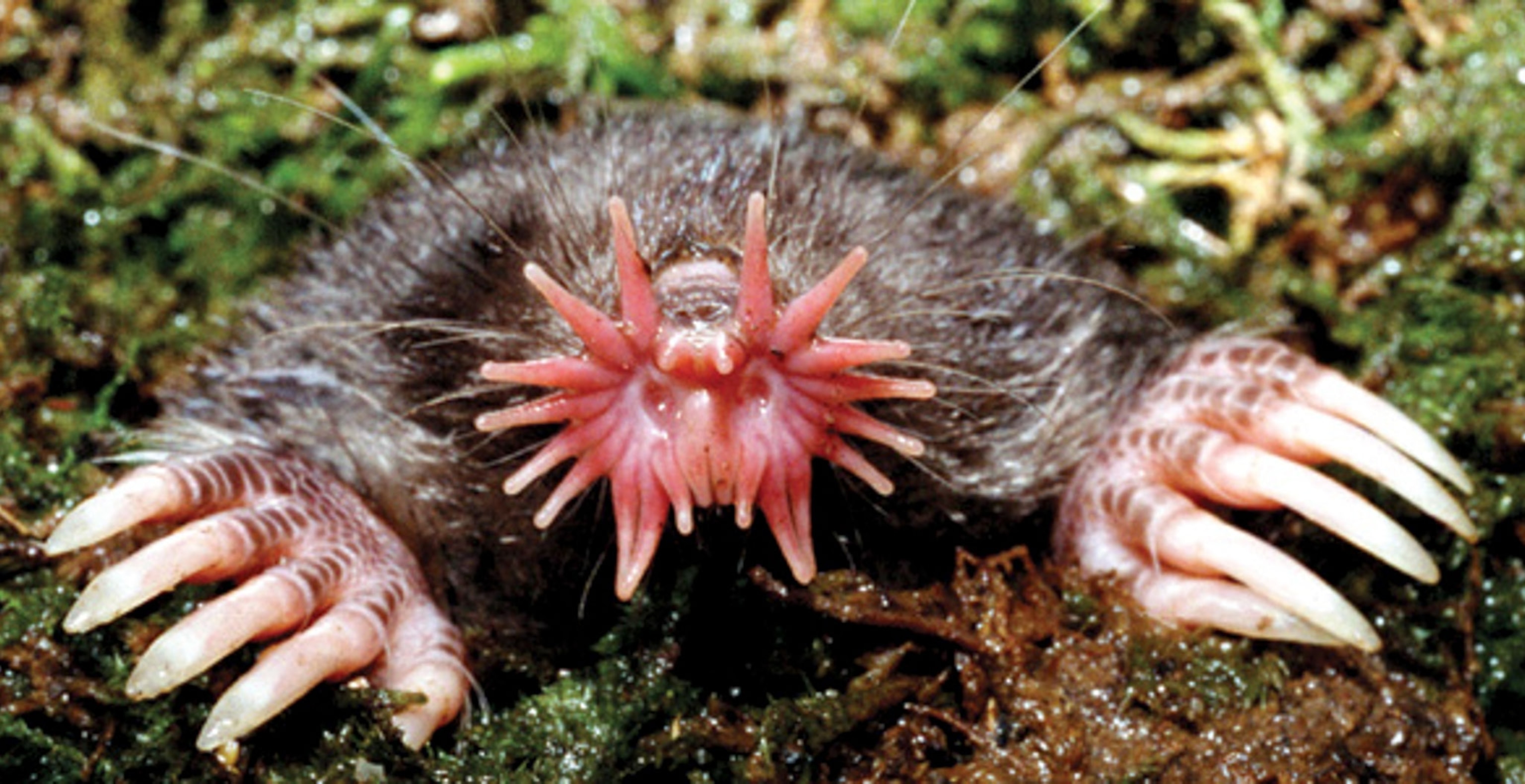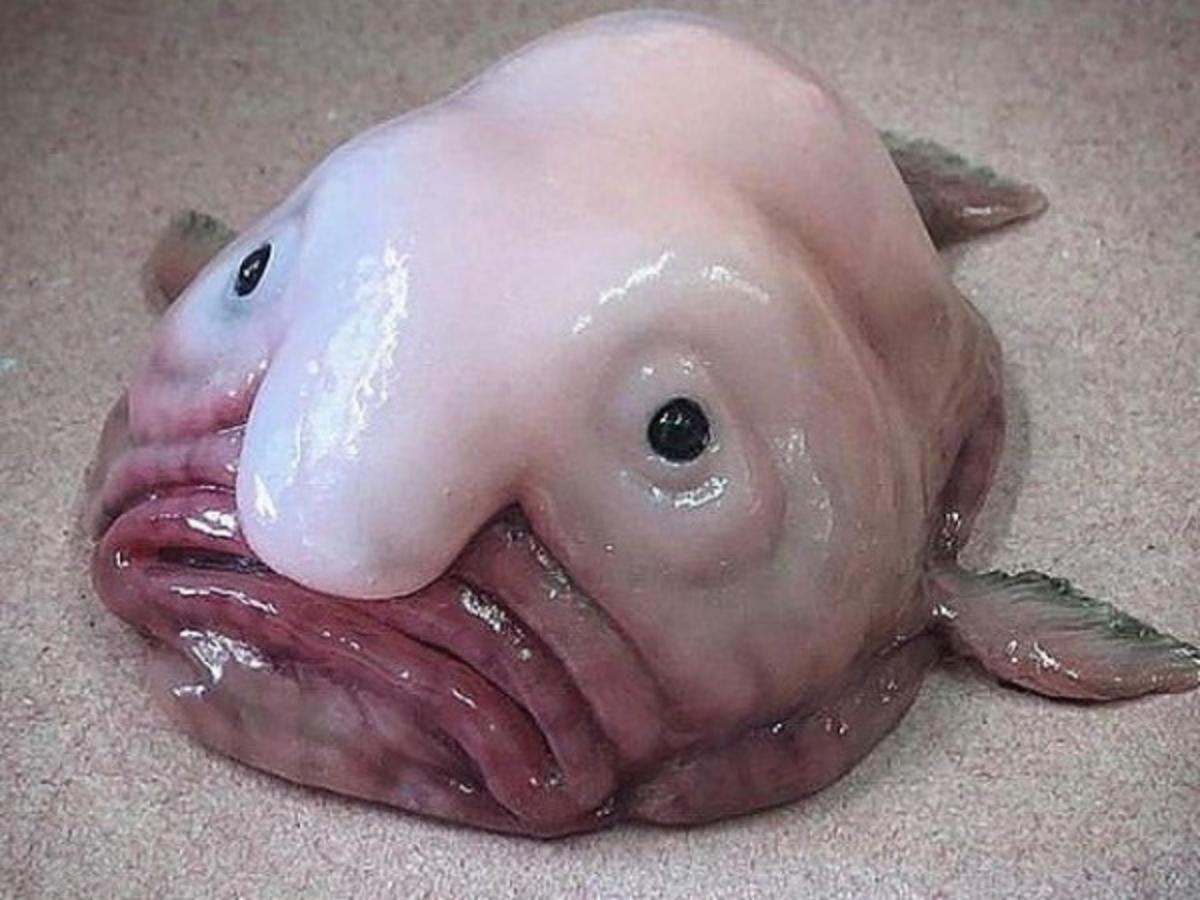Some of the Strangest Looking Animals in the World
The animal kingdom is vast and diverse, showcasing a range of creatures that sometimes seem straight out of a science fiction novel.
Among these, certain animals stand out for their peculiar and often bizarre appearances. These fascinating beings remind us of nature's boundless creativity and adaptability.
Let's explore some of the strangest looking animals in the world, delving into their unique characteristics and habitats.
The Axolotl: The Walking Fish

Appearance and Characteristics
The axolotl, often referred to as the "walking fish," is actually a type of salamander native to Mexico. Unlike other salamanders, it retains its larval features throughout its life, a condition known as neoteny.
This gives the axolotl a unique and somewhat alien appearance, characterized by its feathery external gills, wide head, and perpetual smile.
Habitat and Adaptations
Axolotls are found in the lake complex of Xochimilco near Mexico City. They thrive in freshwater environments and are capable of regenerating lost body parts, including limbs, spinal cord, heart, and other organs.
This remarkable regenerative ability has made the axolotl a subject of scientific research, particularly in the fields of regenerative medicine and developmental biology.
Conservation Status
Unfortunately, the axolotl is critically endangered in the wild due to habitat loss, pollution, and the introduction of invasive species. Conservation efforts are underway to protect their natural habitats and raise awareness about their plight.
The Blobfish: A Deep-Sea Oddity
Appearance and Characteristics
The blobfish, known scientifically as Psychrolutes marcidus, has gained fame for its unflattering appearance when brought to the surface. In its natural deep-sea environment, the blobfish looks relatively normal. However, the extreme pressure difference causes its gelatinous body to become a saggy, blobby mass when removed from its habitat.
Habitat and Adaptations
Blobfish are found in the deep waters off the coasts of Australia, Tasmania, and New Zealand, typically at depths of 600 to 1,200 meters. Their bodies are adapted to withstand the high pressure of the deep sea, and they lack a swim bladder, which helps them remain buoyant without expending much energy.
Public Perception and Misconceptions
Despite their unusual appearance, blobfish are not as unattractive as they appear in viral images. These deep-sea dwellers have become a symbol of the strange and mysterious creatures lurking in the depths of our oceans.
The Star-Nosed Mole: A Burrowing Marvel

Appearance and Characteristics
The star-nosed mole, native to North America, is easily identifiable by the 22 pink, fleshy tentacles surrounding its nose. These tentacles are highly sensitive and are used to detect prey through touch, making the star-nosed mole one of the most efficient hunters in the animal kingdom.
Habitat and Adaptations
Star-nosed moles inhabit wet, lowland areas, often near water bodies such as marshes and streams. Their tentacles contain over 25,000 sensory receptors called Eimer's organs, allowing them to detect and consume prey with incredible speed, sometimes in less than a quarter of a second.
Unique Hunting Abilities
This mole's star-shaped nose is not only a sensory marvel but also one of the fastest known appendages in the animal kingdom. The star-nosed mole can identify and consume prey in a fraction of a second, making it an exceptional example of evolutionary adaptation.
The Aye-Aye: Madagascar's Nocturnal Primate

Appearance and Characteristics
The aye-aye, a lemur native to Madagascar, is one of the most unusual primates on Earth. It has large, protruding eyes, oversized ears, and a long, thin middle finger that it uses to extract insects from tree bark. This combination of features gives the aye-aye a distinctly eerie appearance.
Habitat and Adaptations
Aye-ayes are primarily nocturnal and live in the rainforests of Madagascar. Their unique middle finger is used for tapping on wood to locate insect larvae, a behavior known as percussive foraging. Once they detect a hollow space, they gnaw through the wood with their strong incisors and extract the prey.
Cultural Significance and Conservation
In Malagasy folklore, the aye-aye is often considered an omen of bad luck, which has led to superstition-driven killings. However, conservation efforts are underway to protect this endangered species and educate local communities about its ecological importance.
The Leaf-Tailed Gecko: Master of Disguise
Appearance and Characteristics
Leaf-tailed geckos, native to Madagascar, are renowned for their extraordinary camouflage abilities.
Their skin mimics the appearance of leaves, complete with intricate patterns and even “veins.”
This camouflage helps them blend seamlessly into their arboreal habitats, making them nearly invisible to predators.
Habitat and Adaptations
Leaf-tailed geckos inhabit the forests of Madagascar, where their camouflage provides excellent protection against predators.
Their flattened bodies, fringed skin, and ability to remain motionless for long periods enhance their disguise, making them one of the best examples of natural camouflage in the animal kingdom.
Threats and Conservation
Deforestation and habitat loss pose significant threats to leaf-tailed geckos. Conservation initiatives aim to preserve their natural habitats and protect these unique reptiles from illegal wildlife trade.
The Naked Mole-Rat: The Hairless Underground Dweller
Appearance and Characteristics
Naked mole-rats are small, hairless rodents native to East Africa. Their wrinkled, pinkish skin, large front teeth, and small eyes give them a distinctive, almost alien appearance.
Despite their unassuming looks, naked mole-rats exhibit fascinating social behavior and biological traits.
Habitat and Adaptations
Naked mole-rats live in subterranean colonies in arid regions of Ethiopia, Kenya, and Somalia. They have a eusocial structure similar to that of ants and bees, with a single breeding queen and specialized worker and soldier roles.
Their unique physiology allows them to survive in low-oxygen environments and resist cancer.
Scientific Significance
The naked mole-rat's resistance to cancer and ability to live in low-oxygen environments have made it a subject of extensive scientific research. Understanding these traits could have implications for human medicine, particularly in cancer research and aging.
The Platypus: An Evolutionary Enigma
Appearance and Characteristics
The platypus is one of the most unusual mammals, with a duck-like bill, webbed feet, and a beaver-like tail. Native to Australia, the platypus is a monotreme, meaning it lays eggs instead of giving birth to live young.
This blend of features from different animal groups makes the platypus a true evolutionary curiosity.
Habitat and Adaptations
Platypuses inhabit freshwater environments such as rivers, lakes, and streams in eastern Australia. Their bills are equipped with electroreceptors that detect the electric fields generated by prey, allowing them to hunt effectively underwater with their eyes and ears closed.
Conservation and Public Fascination
Platypuses are protected by law in Australia, and conservation efforts focus on preserving their natural habitats. Their unique characteristics continue to fascinate both scientists and the general public, highlighting the diversity of the natural world.
The Saiga Antelope: The Critically Endangered Oddity
Appearance and Characteristics
The saiga antelope, native to the steppes of Central Asia, is easily recognizable by its distinctive, bulbous nose.
This unusual nose structure helps filter dust and regulate the animal's body temperature. Unfortunately, the saiga antelope is critically endangered due to poaching and habitat loss.
Habitat and Adaptations
Saiga antelopes are adapted to arid environments, such as the steppes of Kazakhstan, Mongolia, and Russia.
Their large noses help them survive in these harsh conditions by filtering dust and cooling the air they breathe. This unique adaptation is crucial for their survival in their native habitats.
Conservation Efforts
Conservation organizations are working to protect the saiga antelope from extinction by combating poaching and restoring their habitats. Raising awareness about their plight is essential for ensuring their survival.
The Dumbo Octopus: Deep-Sea Delight
Appearance and Characteristics
The dumbo octopus, named for its ear-like fins resembling Disney's Dumbo, is a deep-sea creature found at depths of up to 13,000 feet. These fins, along with their gelatinous bodies and large eyes, give them a whimsical and otherworldly appearance.
Habitat and Adaptations
Dumbo octopuses inhabit the deep ocean, where they glide gracefully using their ear-like fins. Their gelatinous bodies are adapted to withstand the extreme pressures of the deep sea, and they have a unique method of swimming that sets them apart from other octopuses.
Scientific Interest
The dumbo octopus is a subject of interest for marine biologists due to its unique adaptations and deep-sea lifestyle. Studying these creatures can provide insights into the largely unexplored depths of the ocean and the organisms that inhabit them.
Conclusion
The animal kingdom is full of wonders, with creatures that challenge our perceptions of what is possible in the natural world. From the regenerating axolotl to the deep-sea dumbo octopus, these animals highlight the incredible diversity of life on Earth. By learning about and appreciating these strange and fascinating beings, we can deepen our understanding of nature and the many forms it takes.
References
- National Geographic - Axolotl
- Smithsonian Magazine - Blobfish
- [National Geographic - Star-Nosed Mole](https://www.nationalgeographic.com/animals/mammals/f





































